 01 March 2017
Researchers find first evidence for rocky planet formation around double stars
01 March 2017
Researchers find first evidence for rocky planet formation around double stars
.... What makes this discovery so important is that to date, all exoplanets discovered in orbit around double stars are gas giants, like Jupiter, that are thought to form in the icy regions of their systems. The rocky material found...
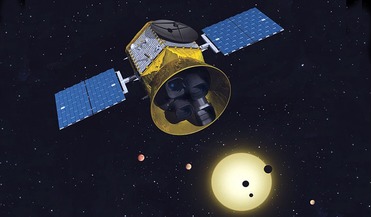 02 January 2018
2017 - What a year!
02 January 2018
2017 - What a year!
... to make exciting discoveries about the Solar Systems largest planet after its five-year cruise to the gas giant. Planets galore were found, including the discovery of seven new Earth-size planets located in the TRAPPIST...
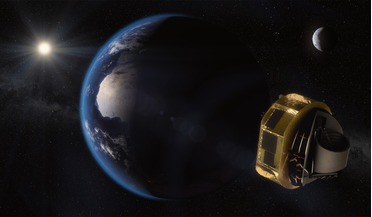 23 March 2018
ESA selects ARIEL to look closely at exoplanets
23 March 2018
ESA selects ARIEL to look closely at exoplanets
... by its parent star.” The mission will focus on warm and hot planets, ranging from super-Earths to gas giants orbiting close to their parent stars, as these represent a natural laboratory in which to study the chemistry of their well...
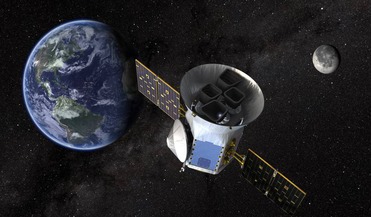 15 April 2018
TESS, NASA's planet-finding mission launches today!
15 April 2018
TESS, NASA's planet-finding mission launches today!
... stars for temporary drops in brightness caused by planetary transits. The survey is hoping to uncover thousands of exoplanets from gas giants to small rocky worlds orbiting a diverse range of stellar types and covering a wide span of orbital periods...
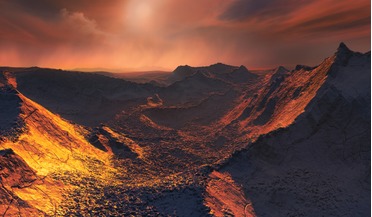 14 November 2018
Super-Earth exoplanet found around closest single star to the Sun
14 November 2018
Super-Earth exoplanet found around closest single star to the Sun
... celsius. The discovery of Barnard’s star b is a long-time coming. Over forty years ago, astronomers argued that a gas giant was orbiting the nearest single star to our Sun (the only stars closer to the Sun make...
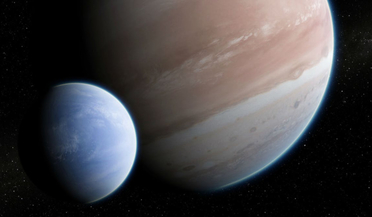 01 May 2019
Evidence for first confirmed exomoon under question
01 May 2019
Evidence for first confirmed exomoon under question
... York, who while searching through Hubble Space Telescope (HST) data, found evidence that a Jovian-sized gas giant called Kepler-1625b, was sending out signals akin to what would be expected if it had a large moon following...